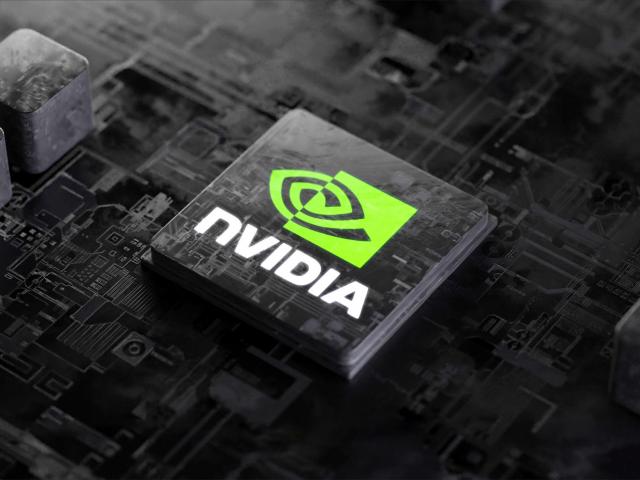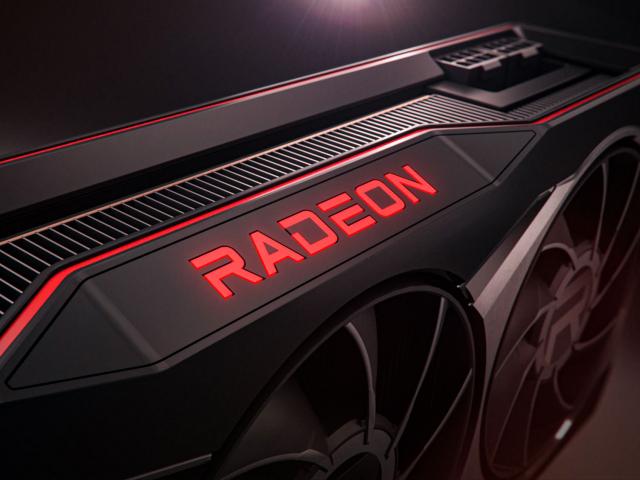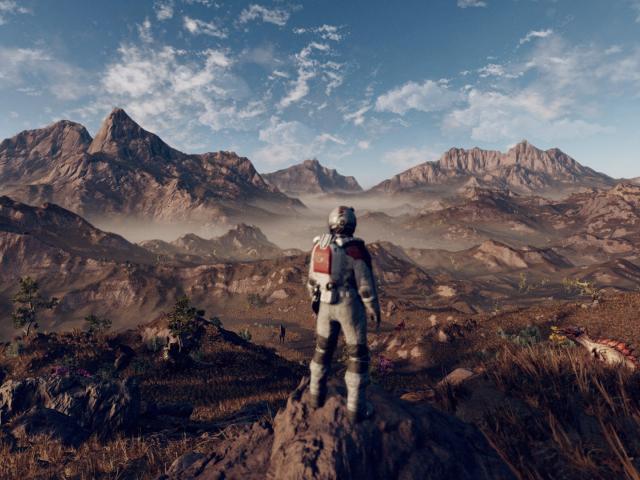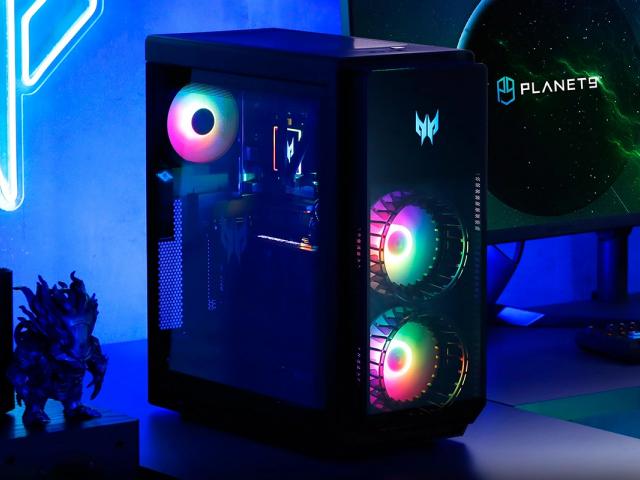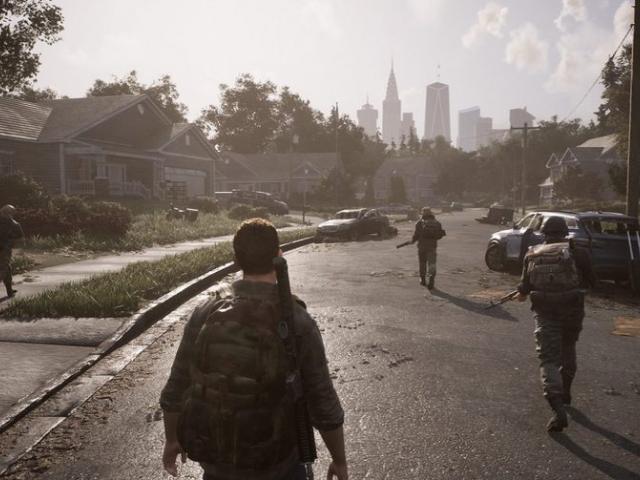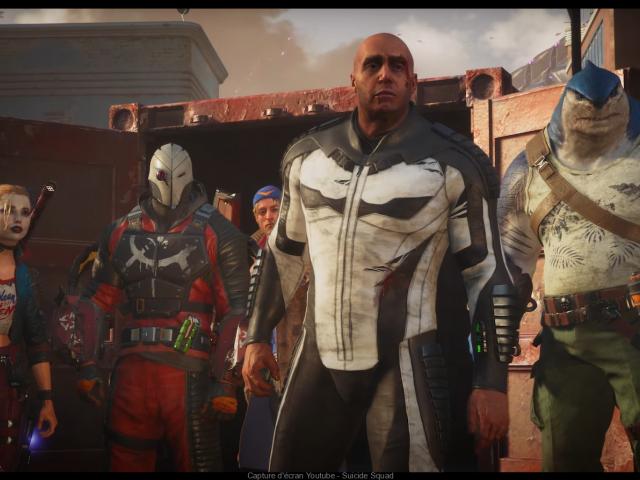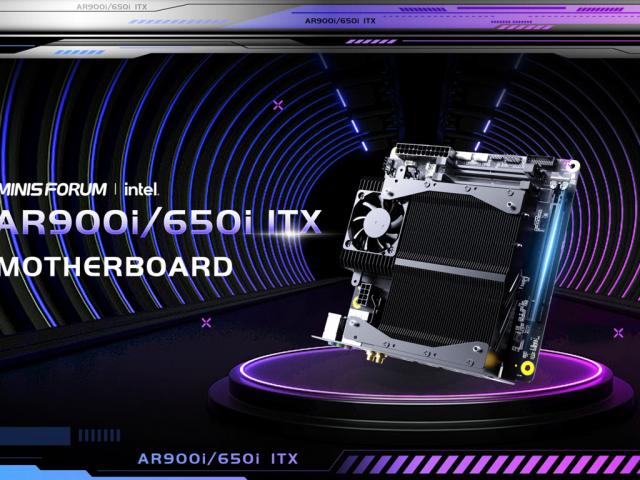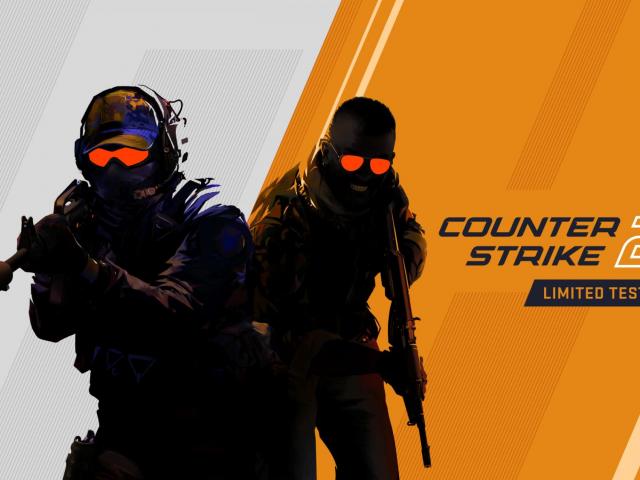GTA 5 hacked info reveals canceled single-player DLC
GTA 5 is one of the biggest games in the world, and its multiplayer mode in particular has had many updates throughout its long life. But despite that, GTA 5 never received any single-player DLC. Well, according to some resurfaced information from a historic hack of Rockstar’s servers, that wasn’t always the case, as several single-player DLCs were originally planned.
This revelation comes from a report by Insider Gaming, and it shows that a grand total of eight DLC packs were canceled by Rockstar after originally being on the table. It’s clear what a number of the packs would have entailed, with the "SP Assassination Pack", "Enterprise Pack", and "Relationship Pack" adding assassination missions, business options, and (likely) dating to the game.
Other packs are a bit more obtuse in nature. "SP Norman Pack" probably added more missions around the NPC Norman, while "SP Manhunt Pack" may be a callback to previous Rockstar game manhunt, and might have included some snuff film-story content. "Prologue DLC" would have been just that — a prologue to the main game. "Agent Trevor" is a little more veiled, but would probably have been some sort of storyline where Trevor is used as an agent by some sort of government agency. As for "LibertyV DLC", well, it's a pretty good guess that this would have taken players back to part of Liberty City, the GTA version of New York City, last seen in GTA IV. A video seems to confirm this, showing a runthrough of some impressive looking locations.
This hacked information has been around for a while now, having been passed around between individuals for some time. Supposedly stolen from Rockstar's servers, the hacked data, which also included a full source code for GTA 5, was released to the public just before Christmas.
While it's disappointing that single-player DLC was never released for GTA 5, it's not hard to see why it wouldn't have happened. GTA Online became an enormous success, and with Red Dead Redemption 2 also heading for release after GTA 5 came out, Rockstar only had so many resources to go around, and single-player DLC was the obvious cut to make.
December 29, 2023 - 3:24am


